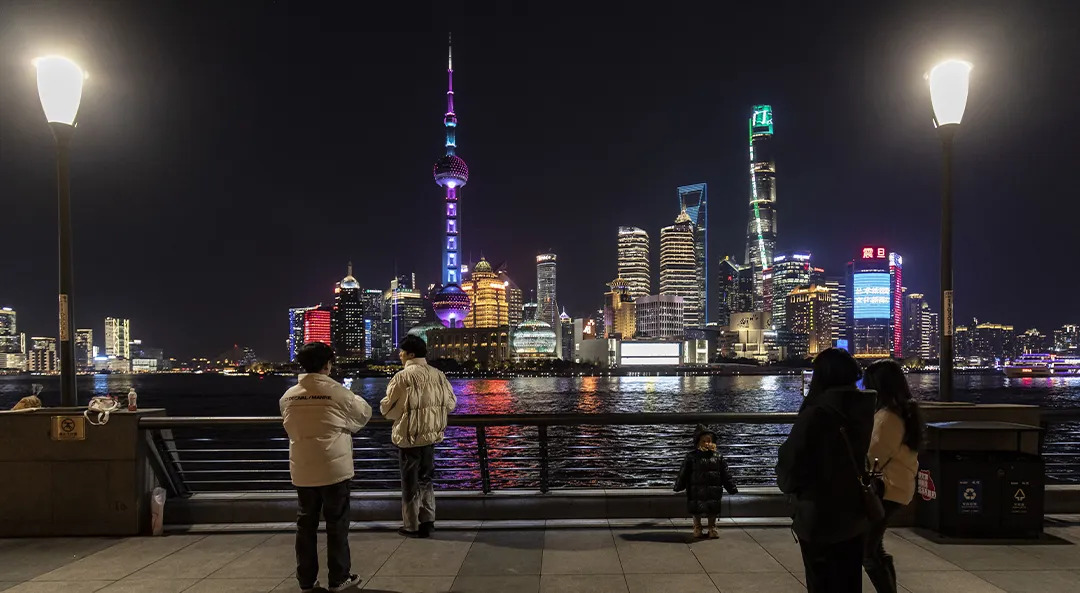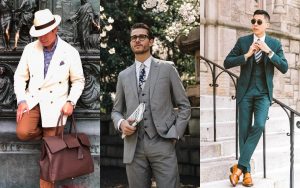Introduction
In the dynamic realm of fashion, Men’s Streetwear has emerged as a formidable force, weaving its influence across the clothing industry and capturing the attention of style-conscious men worldwide. This sartorial movement is more than just a trend; it’s a cultural phenomenon that has transformed the way people view and engage with fashion. In this article, we will delve into the intricate tapestry of men’s streetwear, exploring its roots, evolution, influential designers, and the impact of digital media on its proliferation.
The Origins of Streetwear
To understand the essence of streetwear, one must trace its roots back to the latter part of the 20th century. Born on the streets, this style movement was initially characterized by its casual, comfortable, and urban aesthetic. Streetwear transcended traditional fashion boundaries, embracing elements from skateboarding, hip-hop culture, and athletic wear to create a unique and versatile style.
As the world transitioned into the 21st century, streetwear evolved from a niche subculture to a mainstream fashion phenomenon. It became a canvas for self-expression, allowing individuals to communicate their identity and values through the clothes they wore. This democratization of fashion marked a paradigm shift, as streetwear became a global language that connected people across borders.
Key Players in Men’s Streetwear
Several influential designers have played pivotal roles in shaping the landscape of men’s streetwear. Brands like Supreme, Off-White, and A Bathing Ape have not only disrupted the fashion industry but have also become synonymous with the streetwear movement. These designers have a keen understanding of the cultural pulse, creating garments that resonate with the desires and aspirations of their audience.
Virgil Abloh, the creative mind behind Off-White, has been a trailblazer in merging high fashion with streetwear sensibilities. His unique approach to design has elevated streetwear to the forefront of the fashion world, challenging conventional notions and redefining the industry’s standards.
The Impact of Digital Media on Streetwear
In the 21st century, the rise of digital media has been a catalyst for the global proliferation of streetwear. Social media platforms, fashion blogs, and online marketplaces have provided a virtual runway for individuals to showcase their street style. Instagram, in particular, has become a powerful tool for fashion enthusiasts, allowing them to share their unique looks and discover the latest trends from around the world.
Streetwear brands leverage social media to connect with their audience, creating a sense of community and inclusivity. Online platforms also serve as a marketplace for enthusiasts to explore and shop for the latest streetwear releases, breaking down geographical barriers and bringing the global streetwear community together.
Seasonal Trends and the Ever-Changing Landscape
One of the defining characteristics of streetwear is its adaptability to seasonal changes and evolving trends. Brands release collections that align with the distinct vibes of each season, ensuring that streetwear remains fresh and relevant throughout the year.
The fall and spring seasons, in particular, witness a surge in creativity, as designers experiment with layering, fabrics, and color palettes to create garments that seamlessly blend style and functionality. Streetwear enthusiasts eagerly await the unveiling of these seasonal collections, as they represent the pulse of the ever-changing fashion landscape.
The Intersection of Streetwear and High Fashion
In recent years, the boundaries between streetwear and high fashion have blurred, giving rise to a new wave of luxury streetwear. High-end designers collaborate with streetwear brands, creating limited-edition pieces that bridge the gap between luxury and urban style. This intersection has not only elevated the status of streetwear but has also broadened its appeal to a more diverse audience.
Fashion Weeks and the Streetwear Showcase
Fashion weeks around the world have become significant platforms for streetwear brands to showcase their latest creations. The runway has evolved beyond traditional high fashion, with streetwear making a prominent appearance during these prestigious events. Designers use fashion weeks to unveil their collections, setting the tone for upcoming trends and influencing the global fashion narrative.
The Rise of Personalized Shopping Experiences
In the age of e-commerce, the way people shop for streetwear has undergone a transformation. Online platforms and dedicated streetwear sites provide a personalized shopping experience, allowing individuals to curate their wardrobe with carefully selected pieces. These platforms often use advanced algorithms to recommend products based on a customer’s style preferences, creating a seamless and enjoyable shopping journey.
The Role of Streetwear in Modern Masculinity
Streetwear has played a pivotal role in redefining modern masculinity. The movement embraces a diverse range of styles, encouraging men to express themselves authentically through their clothing choices. The traditional boundaries of what is considered “masculine” in fashion have been challenged, fostering a more inclusive and fluid approach to style.
Conclusion
In the 21st century, men’s streetwear has emerged as a powerful force, influencing the fashion industry and shaping the way individuals express themselves through clothing. From its humble origins on the streets to its presence on global runways, streetwear has proven to be a dynamic and ever-evolving movement. As we navigate the digital age and witness the continued fusion of streetwear with high fashion, one thing remains certain – this cultural phenomenon will continue to leave an indelible mark on the world of style for years to come.























+ There are no comments
Add yours